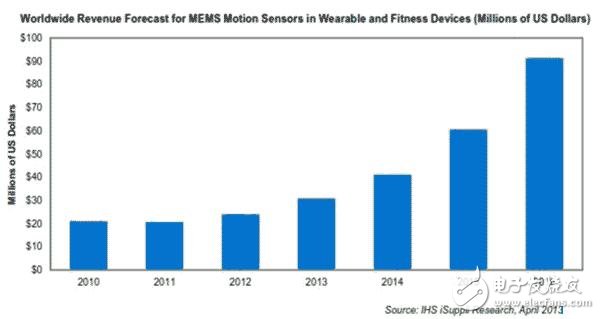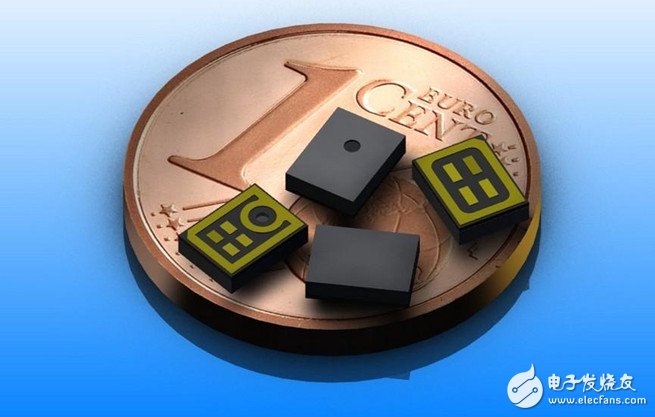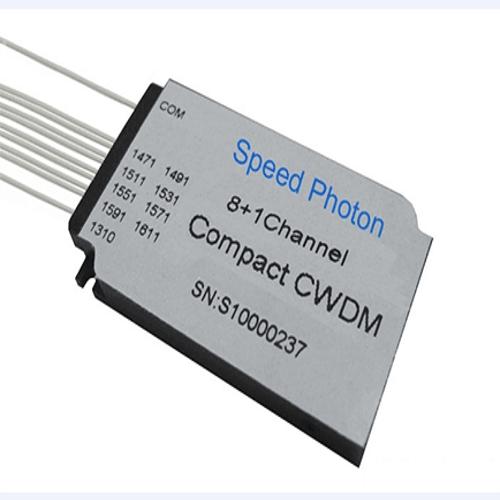The author Marwan Boustany is a senior analyst for MEMS and sensors at IHS. From smart watches that can record heart rate to smart armbands that can track physical activity, wearable electronics and health monitoring devices are increasingly attracting consumer interest in their own health. It has more than tripled in just five years. According to IHS iSuppli, starting from a stable foundation of around US $ 20 million, it is expected that the operating income of MEMS motion sensors in wearable electronic products and health monitoring equipment will increase to US $ 31 million this year, up 33% in 2014 to US $ 41.3 million. In 2015, it will further increase by 47% to US $ 60.8 million. In the next five years, the largest increase will occur in 2016, when the annual operating income will jump by 50% to 91.5 million US dollars. The market will be more than four times the size of 20.8 million US dollars in 2011. Two trends imply that the wearable and mobile health technology market will continue to grow, which in turn will promote the growth of the MEMS motion sensor market for these applications. The first trend is that the average life expectancy around the world is prolonged, and cardiovascular and diabetes diseases are more common. The second trend is that people pay more and more attention to health care issues. People's demands for healthy nutrition, meal plans, gym memberships and health-based mobile applications are rising rapidly, reflecting that people pay more attention to health. For example, as employers seek to improve the company ’s health strategy, activity monitors such as FitLinxx Pebble and Fitbug are being worn by more and more consumers. In the United States, this is partly due to consumer-specified healthcare plans and the Affordable Care Act, which incentivizes insurers to adopt disease prevention measures. These companies plan to open up another promotion channel for new monitoring equipment. Market drivers and major wearable electronics Several factors will help drive the growth of this market. First of all, sensor technology has matured and has been provided to consumers through smartphones. The smartphone uses sensors such as accelerometers, gyroscopes, and electronic compasses. To date, smartphones have used billions of sensors, which has helped reduce the average sales price of sensors and improved their production. Patients diagnosed with health problems related to lack of exercise are also a major factor driving the growth of this market. Encouraged by doctors or employers, these people began to track their activities and manage their physical conditions. Other important drivers include the popularity and applicability of the Bluetooth Low Energy 4.0 communication protocol, and the efforts of sensor manufacturers to promote sensor integration and miniaturization. From the perspective of integration and miniaturization, the emergence of sensor fusion technology and small two-in-one sensors, such as the 9-axis inertial measurement unit launched by French-Italian company STMicroelectronics, American InvenSense and German Bosch, makes it easier for manufacturers to integrate motion sensors Integrate into a variety of wearable products. The development tools launched by sensor vendors such as InvenSense have also inspired the imagination of sports application designers. New products are emerging, such as skateboards and snowboards with motion sensors to monitor jump height and movement speed, and 9-axis motion tracking armbands for improved swimming technology. At the end of the forecast period in 2016, the main wearable electronic device using MEMS motion sensors will be the activity monitor. There is a huge demand now, this product uses a built-in accelerometer to monitor movement and provide feedback, such as calorie consumption. The pedometer will be the second largest application to help determine the number of steps taken. It has become a popular exercise measurement product; followed by smart watches and smart glasses, it will become the next largest application. In the field of smart watches, Apple is rumored to launch an iWatch product soon, and Google and Samsung are also considering entering this field. Although wearable technology and the prosperity of the mobile health market are everything, the large-scale adoption of activity monitors and similar devices will depend on the successful launch of so-called real lifestyle products. Such products will be wearable, similar to jewelry and unobtrusive, allowing the wearer to match these devices with ordinary clothing and accessories. Such products should also be easy to use, reliable performance and attractive price, so as to maximize consumer favor. The growth of the wearable electronics and health monitoring market will create a very good revenue growth opportunity for MEMS motion sensor manufacturers. CWDM - Coarse Wavelength Division Multiplex
CCWDM is Compact CWDM (Compact Coarse Wavelength Division Multiplexing), a wavelength division multiplexing technology based on TFF (Thin Film Filter). It works in the same way as CWDM modules, except that CCWDM uses free space technology. , compared with the common CWDM optical fiber cascading method , the CCWDM package size is greatly reduced compared with CWDM modules, and the insertion loss is lower and the consistency is better; it can replace CWDM Products are used in telecommunications, enterprise networks, PON networks, cable television and other fields. The lower insertion loss enables the CCWDM module to have lower signal attenuation during use, thereby reducing the power requirements of the signal transmitter.
For the CWDM module, limited by the minimum bending radius of the optical fiber line, the size of the packaging box cannot be made too small, resulting in most of the space in the box being idle. The adjacent channels of CCWDM use parallel beams to cascade in free space instead of optical fibers. Without the optical fiber used for cascading, the size of the CCWDM packaging box can be greatly reduced. For example, the size of the common standard 4CH CWDM is 80×60×12 mm, and the size of the CCWDM module of Yiyuantong is 50×27×7.7mm, which is only 1/4 of the standard CWDM package size. Can be widely used in high-density environments.
Coarse Wdm Splitter,Wdm Splitter,Wdm Device Shenzhen GL-COM Technology CO.,LTD. , https://www.szglcom.com

